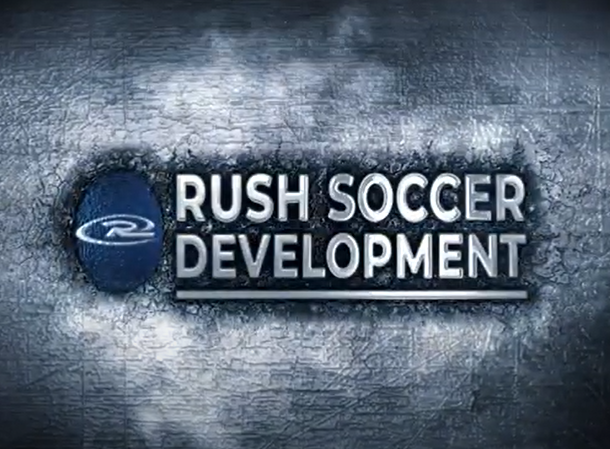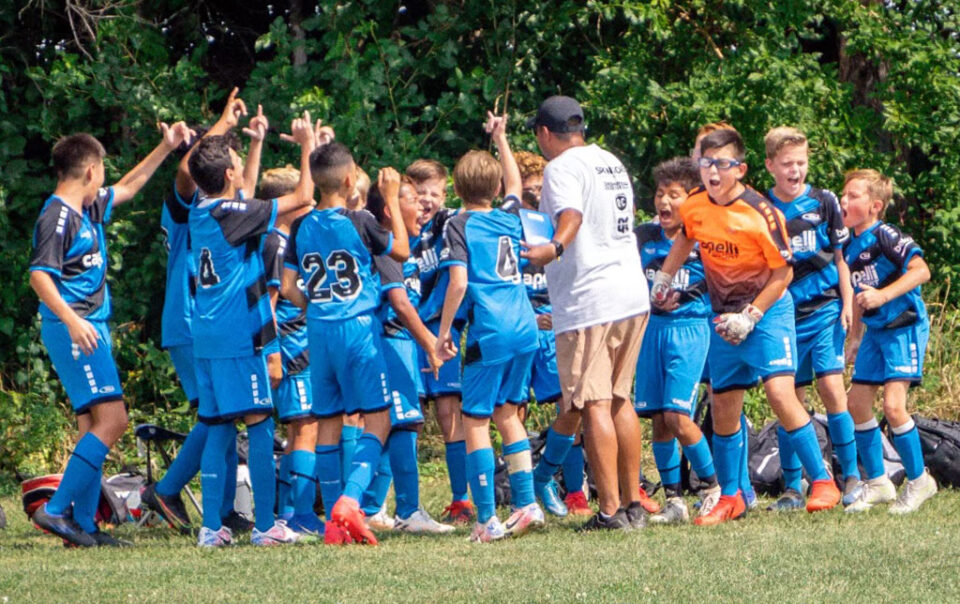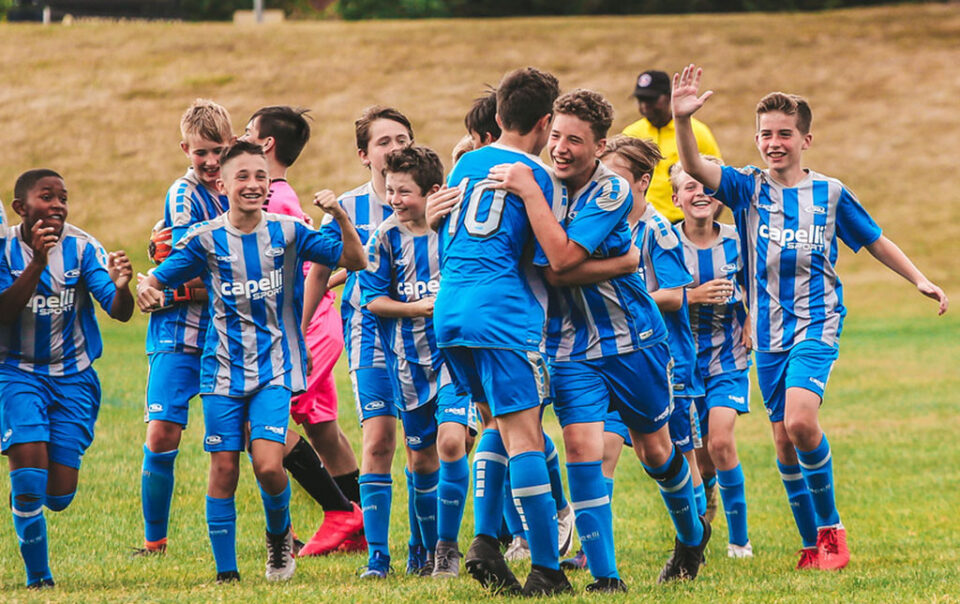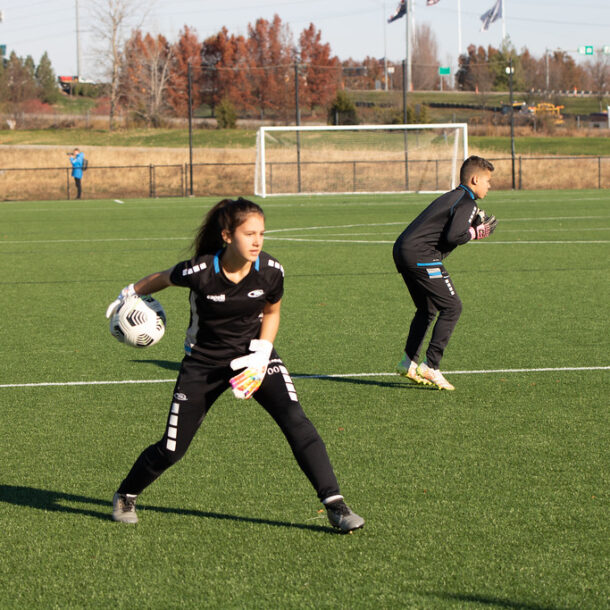
This article was written by Chris Rue, Futsal Manager
Every July, I get a chance to see the new up and coming players in Orlando in a futsal event. This year, it was the 2013/2014 age group. This age group provides a snap shot of different club’s development philosophies. There are always a few teams who have players who seem to be dancing with the ball; pull backs, stepovers, and what I call tells. Signs that a prescribed set of movements with the ball is about to occur. Now, to the amateur eye, these moves look the part. Parents “ooh” and “aah” at the moves from the player but what is not seen is that these choreographed movements do not translate to the older ages. Sure, they can fool a U8 and U9 player, but a U13 defender gobbles them up leading to transition moments, leaving the player doing the moves questioning why they didn’t work. Interestingly, most of the clubs highlighting players with these moves do not have older teams in the competition.
The organizer of the event, who has a son beginning in the game, came to me to ask what I thought. My response was that I have never seen a cone, flag, or any other field marking make a tackle. The improvisation of the dribble is all predicated on what the defenders are doing at that moment. Maybe a first time pass was the solution to eliminate more defenders. Maybe a subtle drop of the shoulder and reception on the far foot was the answer. This was demonstrated by CR7 on ESPN’s Sport Science program a few years ago. The producers of the show installed a video camera on CR7 to simulate what exactly he was looking at while dribbling. Now, most young players see Ronaldo as a scoring machine, getting into the correct place to finish chances created. However, when he was just starting with Manchester United, dribbling was his forte. So much so, that he used to draw ire from fans. What the video showed was revealing. His eyes were on the DEFENDER.
At Rush Soccer Development, we have a measurement that rates clubs in the number of hours spent each week playing in opposed environments. This is a critical measurement that gives insight to player development. Our sessions should be geared more toward enhancing the brain by competing against opponents. I try to implement 3 phases in my trainings.
- Phase 1: A short duration, no pressure so the players can understand the concept.
- Phase 2: a short duration, indirect pressure. Having the players perform the task with players who are also in the same space performing the exact same task.
- Phase 3: long duration, direct pressure. Perform the task while opponents are trying to stop it.
These sessions create environments where imagination and improvisation thrive through trial and error leading to truly talented players.












